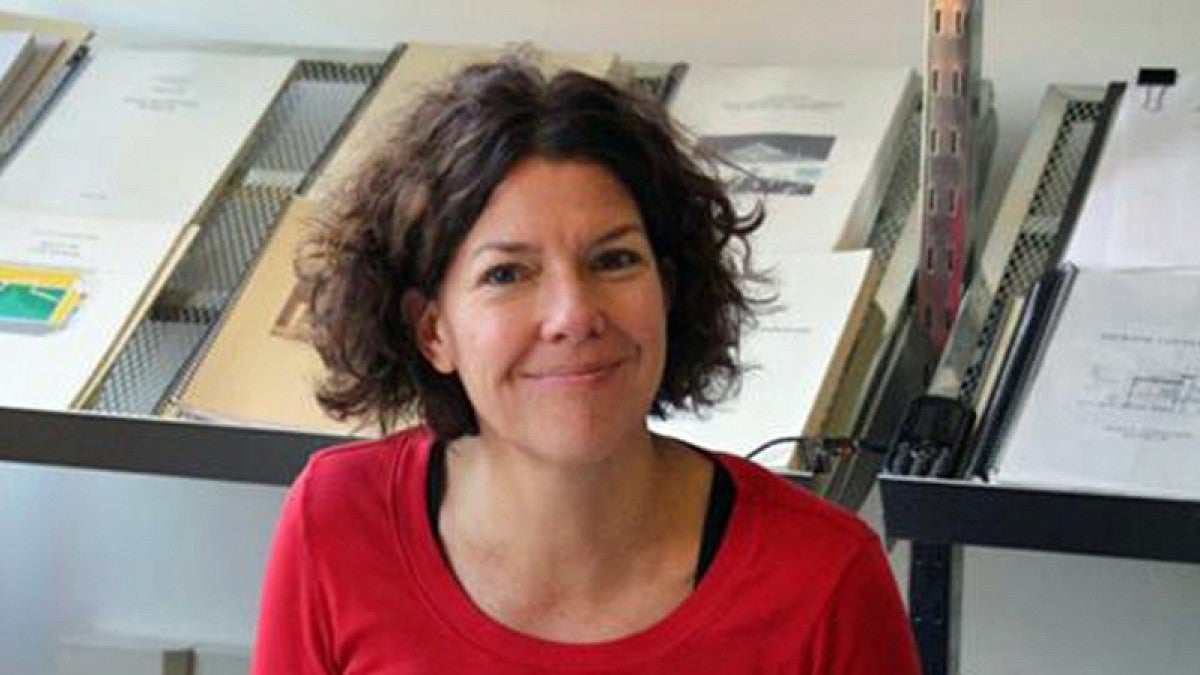On your cell phone, on your skin, in a cloud around you, in your classroom — in every space you occupy. Microbes are everywhere. News stories on research findings, including many projects done at the University of Oregon, pop up almost daily.
And now a consortium of U.S. scientists, including the UO's Jessica Green, has proposed a Unified Microbiome Initiative "to discover and advance tools to understand and harness the capabilities of Earth’s microbial ecosystems." Their call is detailed in a policy paper that was co-authored by Green and published in the Oct. 30 issue of the journal Science.
"The UO is a leader in microbiome science and technology," said Green, the UO's Alec and Kay Keith Professor of Biology and director of the Biology and Built Environment center. "The depth and breadth of our microbiome research ranging from animal, plant, terrestrial, aquatic and built-environment systems continues to attract stellar students and postdoctoral scholars into our programs."
The paper's authors are members of the consortium of 48 scientists from 50 institutions that emerged from a series of meetings separately convened by the Kavli Foundation and the White House Office of Science and Technology Policy. The invitation-only meetings pulled together microbiome researchers from many fields, including biology, physics, nanoscience, chemistry and engineering.
The Unified Microbiome Initiative calls for major advances in five areas (detailed in a Kavli Foundation news release). The goal is to harness the communities of microbes that inhabit ecosystems as varied as the human gut and the ocean, to improve human health, agriculture, bioenergy and the environment.
UO postdoctoral researcher Erica Hartmann on the initiative:
"I am honored to have been invited by the Kavli Foundation to participate in the initiative," Green said. "I was told that my contributions would be valued due to my microbial ecology expertise, and that my work in the built environment, science communications and education would also bring important perspectives."
The UO's Biology and the Built Environment center, which recently received a $1.3 million grant from the Alfred P. Sloan Foundation to study the relationship between architectural design and the indoor microbiome, will have a role in the initiative, said Erica Hartmann, a postdoctoral researcher in the center.
The Unified Microbiome Initiative "has the potential to have a large impact, specifically in health and the way that we view and control our exposure to microbes in the environment," Hartmann said.
— By Jim Barlow, Public Affairs Communications


